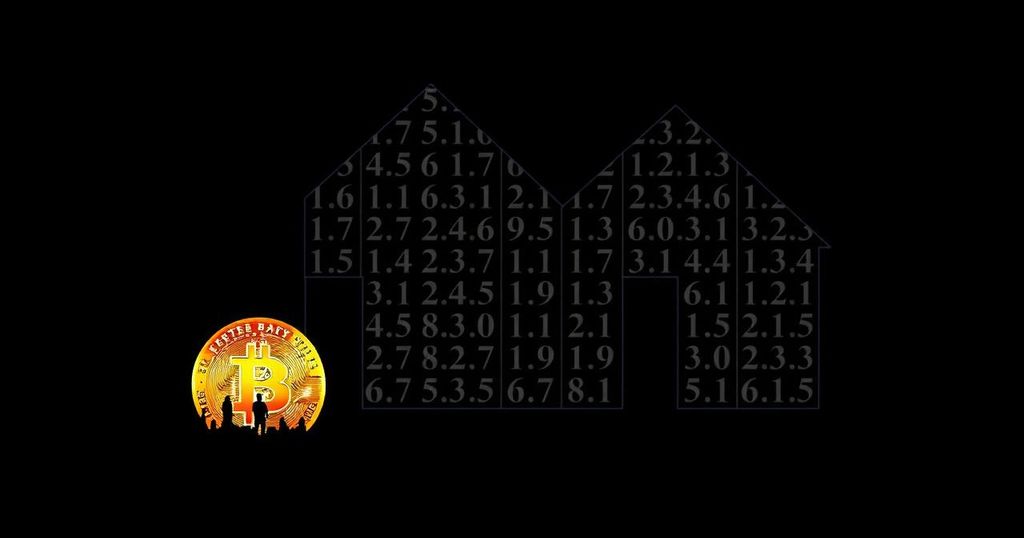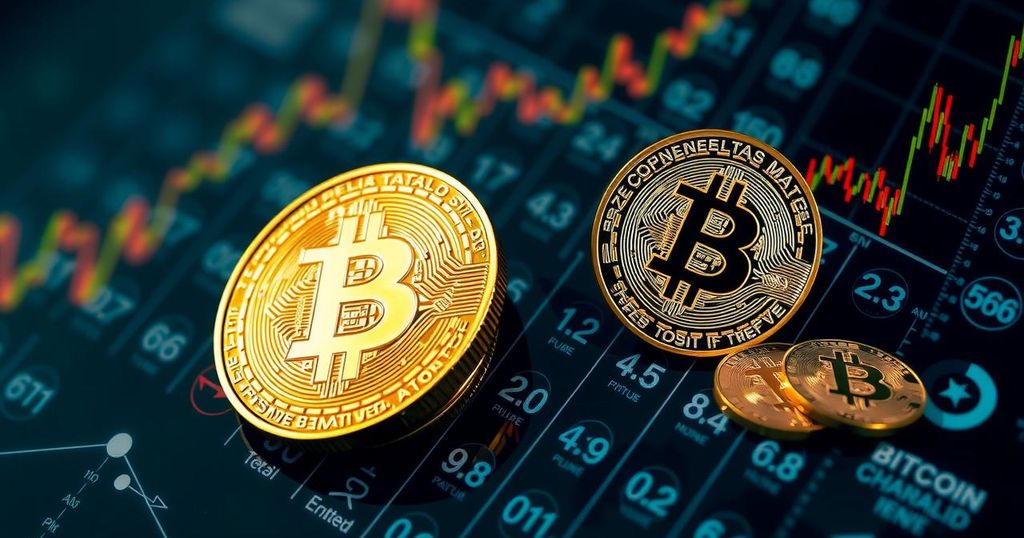Bitcoin Poised for Surge Following Federal Rate Cut
Summary
Bitcoin’s price movements closely correlate with the Federal Reserve’s interest rate changes. Recent cuts have spurred optimism in the cryptocurrency market, with potential for significant upward momentum if prices surpass critical resistance levels. A deeper understanding of these dynamics reveals both opportunities and inherent risks associated with Bitcoin as a macroeconomic hedge.
Bitcoin’s valuation has recently demonstrated a strong correlation with the policies of the Federal Reserve, particularly during periods of interest rate adjustments. The Fed’s recent rate cut of 50 basis points has positively influenced Bitcoin’s pricing, with momentum building as it approaches a significant threshold. Following this rate cut, shares of major cryptocurrency firms, such as Coinbase and MicroStrategy, also saw an uptick, suggesting a broader market optimism driven by increased liquidity. Historically, the Federal Reserve’s adjustments to interest rates serve to manage macroeconomic factors such as inflation and market liquidity, which in turn affect the Bitcoin market. For instance, during the rate increases from 2017 to 2018 and later from late 2021, Bitcoin experienced heightened volatility and price corrections as investors pivoted towards safer, interest-generating assets under tightening liquidity conditions. Conversely, during periods of rate cuts, Bitcoin has typically surged, as observed during the COVID-19 pandemic in 2020 when the Fed slashed rates to near-zero levels to stimulate the economy. This environment created a fertile ground for Bitcoin as investors sought alternatives amidst fiat currency depreciation and inflationary concerns. The technical analysis of Bitcoin prices also reveals a bullish trend after notable consolidation phases. A recent formation of an inverted head and shoulders pattern indicates a potential rally, especially if the key resistance level of $72,000 is surpassed. The establishment of a descending broadening wedge pattern further suggests that a breakout above this level could propel prices beyond $100,000. Nevertheless, Bitcoin’s susceptibility to macroeconomic conditions remains a critical point of concern. The volatility associated with its price movements, particularly in response to Federal Reserve actions, highlights the risks involved in using Bitcoin as a hedge against inflation. As the market evolves, fluctuations are anticipated, emphasizing the speculative nature of cryptocurrency investments.
The relationship between Bitcoin and Federal Reserve interest rate policy is a topic of increasing importance for investors and analysts. Central banks’ monetary policies fundamentally shape macroeconomic conditions, influencing asset classes such as cryptocurrencies. Interest rate changes can serve as key indicators for market liquidity; hence, understanding this correlation can provide insights into Bitcoin’s future price trajectories. In recent years, the Bitcoin market has showcased a pattern where interest rate cuts often lead to price rallies, while increases generally coincide with downward price pressures.
In summary, the price trajectory of Bitcoin is intricately linked to the Federal Reserve’s interest rate policies. Rate cuts generally lead to an increase in liquidity, fostering demand for alternative assets like Bitcoin. The current market dynamics indicate a potential upward movement contingent upon breaking key resistance levels. However, investors should remain cognizant of the volatility inherent in Bitcoin as it navigates the broader economic landscape shaped by ongoing monetary policy changes.
Original Source: www.fxempire.com








Post Comment